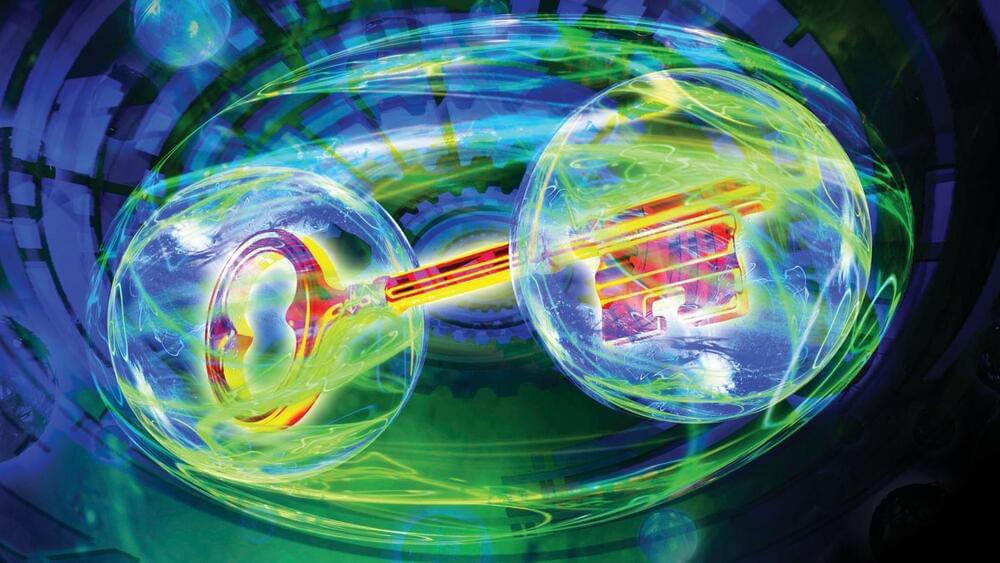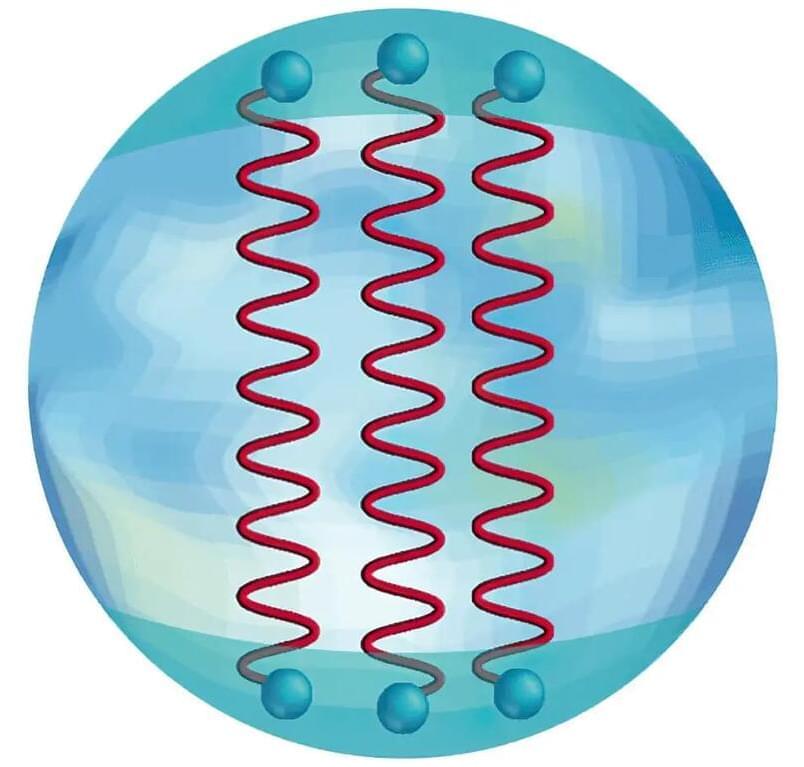Jul 5, 2023
From Atoms to Materials: Algorithmic breakthrough unlocks path to sustainable technologies
Posted by Jose Ruben Rodriguez Fuentes in categories: chemistry, computing, information science, mathematics, particle physics, sustainability
New research by the University of Liverpool could signal a step change in the quest to design the new materials that are needed to meet the challenge of net zero and a sustainable future.
Published in the journal Nature, Liverpool researchers have shown that a mathematical algorithm can guarantee to predict the structure of any material just based on knowledge of the atoms that make it up.
Developed by an interdisciplinary team of researchers from the University of Liverpool’s Departments of Chemistry and Computer Science, the algorithm systematically evaluates entire sets of possible structures at once, rather than considering them one at a time, to accelerate identification of the correct solution.

















